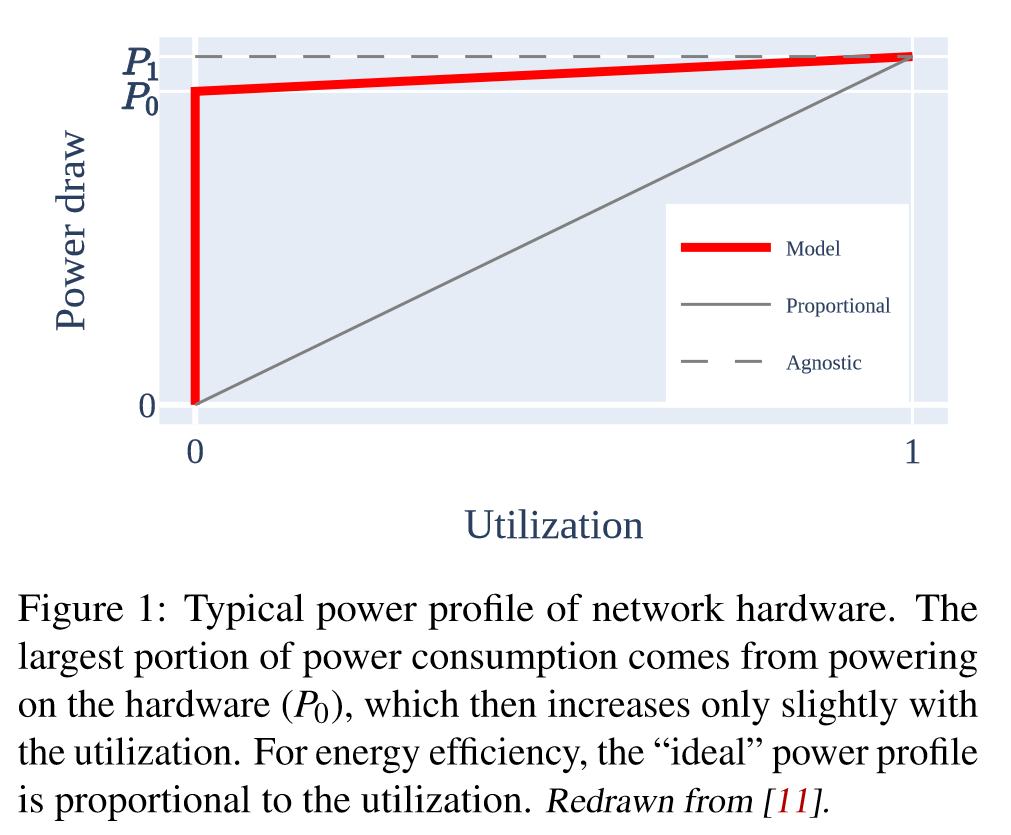The internet of tomorrow must sleep more and grow old
Status:: 🟩
Links:: Energy consumption of network communication, Energy consumption per transferred data is a bad metric
Metadata
Authors:: Jacob, Romain; Vanbever, Laurent
Title:: The internet of tomorrow must sleep more and grow old
Publication Title:: "ACM SIGEnergy Energy Informatics Review"
Date:: 2023
URL:: https://dl.acm.org/doi/10.1145/3630614.3630620
DOI:: 10.1145/3630614.3630620
Jacob, R., & Vanbever, L. (2023). The internet of tomorrow must sleep more and grow old. ACM SIGEnergy Energy Informatics Review, 3(3), 27–32. https://doi.org/10.1145/3630614.3630620
Today, the ICT industry has a massive carbon footprint (a few percent of worldwide emissions) and one of the fastest growth rates. The Internet accounts for a large part of that footprint while being also energy inefficient; i.e., the total energy cost per byte transmitted is very high. Thankfully, there are many ways to improve the current status; we discuss two relatively unexplored directions in this paper. Putting network devices to "sleep," i.e., turning them off, is known to be an efficient vector to save energy; we argue that harvesting this potential requires new routing protocols, better suited to devices switching on/off often, and revising the corresponding hardware/software co-design. Moreover, we can reduce the embodied carbon footprint by using networking hardware longer, and we argue that this could even be beneficial for reliability! We sketch our first ideas in these directions and outline practical challenges that we (as a community) need to address to make the Internet more sustainable.
Notes & Annotations
Color-coded highlighting system used for annotations
📑 Annotations (imported on 2024-03-23#20:01:33)
Network devices are “always-on” but largely underutilized because (i) ISPs design their network for peak traffic and (ii) aggressively over-provision to avoid congestion. Operators have reported upgrading links when utilization reaches as little as 50% [14, 39].
The energy consumed by today’s networking devices is essentially independent of their load, as illustrated in Figure 1; i.e., most of the cost comes from powering on the device (P0), regardless of its utilization.
